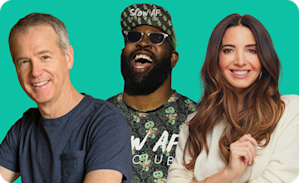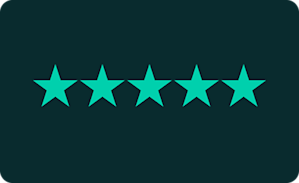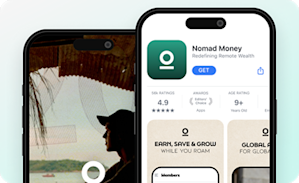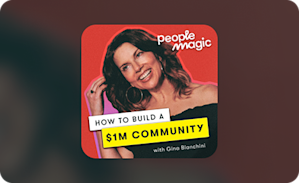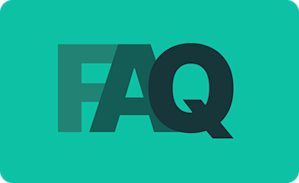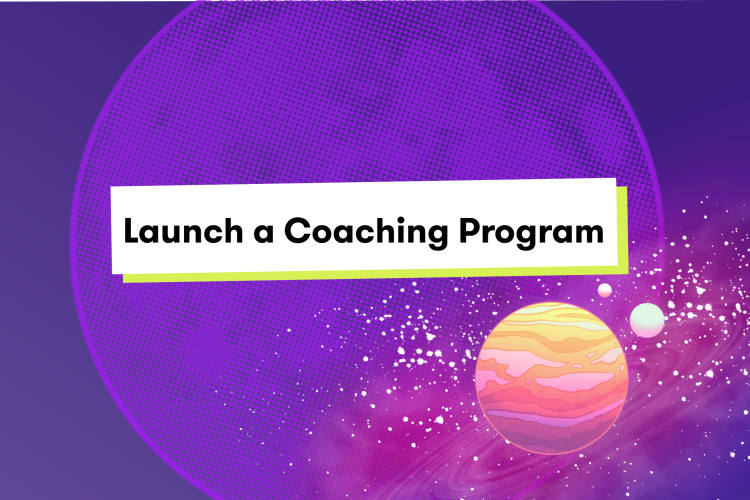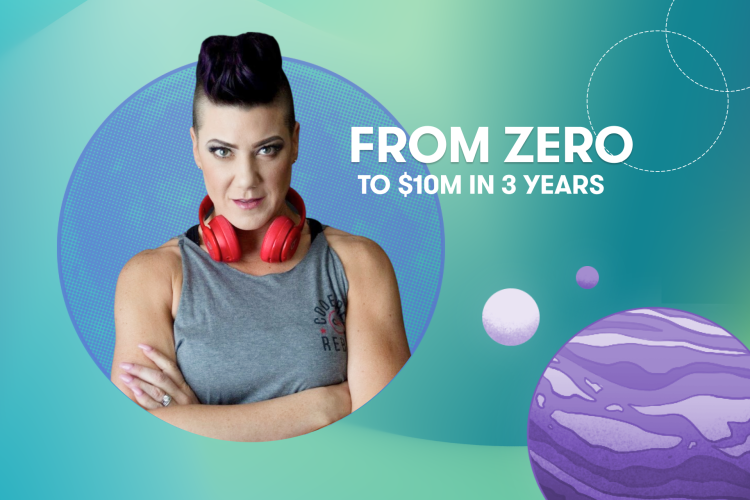Coaching
How to Structure a Group Coaching Program
Here's how to structure a group coaching program and get clear on who your ideal members are and what to offer them.
Author
Mighty Team
Last Updated
September 2, 2025

Coaching is a booming industry. The International Coaching Federation estimates there were 109,000 coaches worldwide by the end of 2022 that collectively earned $4.5 billion USD.
And group coaching has officially arrived as a part of this, made easier than ever by the rise of awesome group coaching platforms, and the popularity of mastermind group coaching.
It's a great time to be a group coach. So if you’re thinking about starting a group coaching business, let's talk.
Here are the topics we'll cover in this article:
What is group coaching?
What are the benefits to running group coaching (as opposed to 1:1)?
Pro tips for structuring your group coaching program
A step-by-step guide for how to structure a group coaching program and business
What is group coaching?
Group coaching is when a coach works with more than one person simultaneously. Unlike 1:1 coaching, group coaching sessions rarely have a coach alone with a client. Instead, group coaching uses the power of community to help coaching clients learn from each other, keep each other accountable, and grow together.
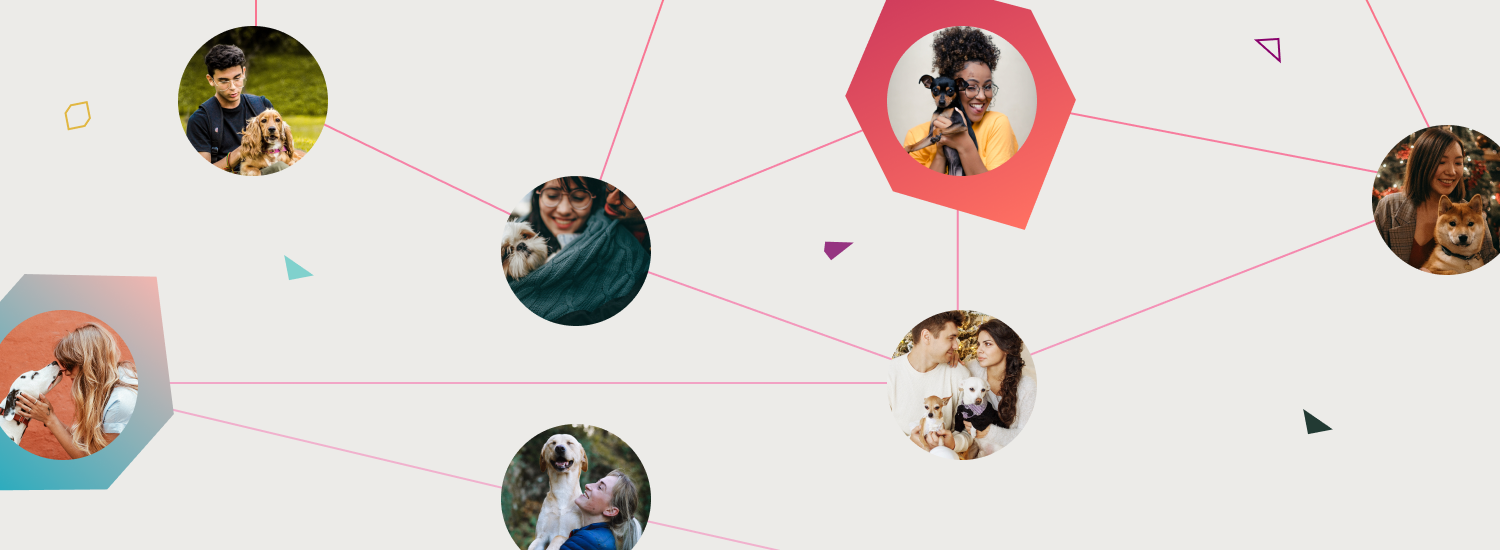
Group coaching can be done live or virtually, and often group members love the chance to get to know each other as well as the coach. We’ll get into more of the benefits below!
What are some advantages of group coaching?
There are so many benefits to group coaching. These include:
Benefits for the coach
Scalability of a business model
Your role adapts from coach to facilitator
Help more people at once
Encourages different perspectives (other than your own)
Can profitably serve people who have a lower budget
Benefits for the group members
Group coaching can be offered at a lower cost than 1:1 coaching, yet still earn the coach more per session.
Research shows that the group format creates more self-awareness in participants.
Learn from each other – not just the coach
Research-backed benefits of community and friendship
Realizing you’re not alone
Benefiting from the stories of those further along in their journey
You get accountability from other members.
It's easier to scale group coaching into courses, communities, etc.
Research also shows that group coaching can create "goal focused change" in organizations what is called "double loop learning," in which the assumptions the group held at the start can be returned to and challenged again--a really productive model for organizational change.
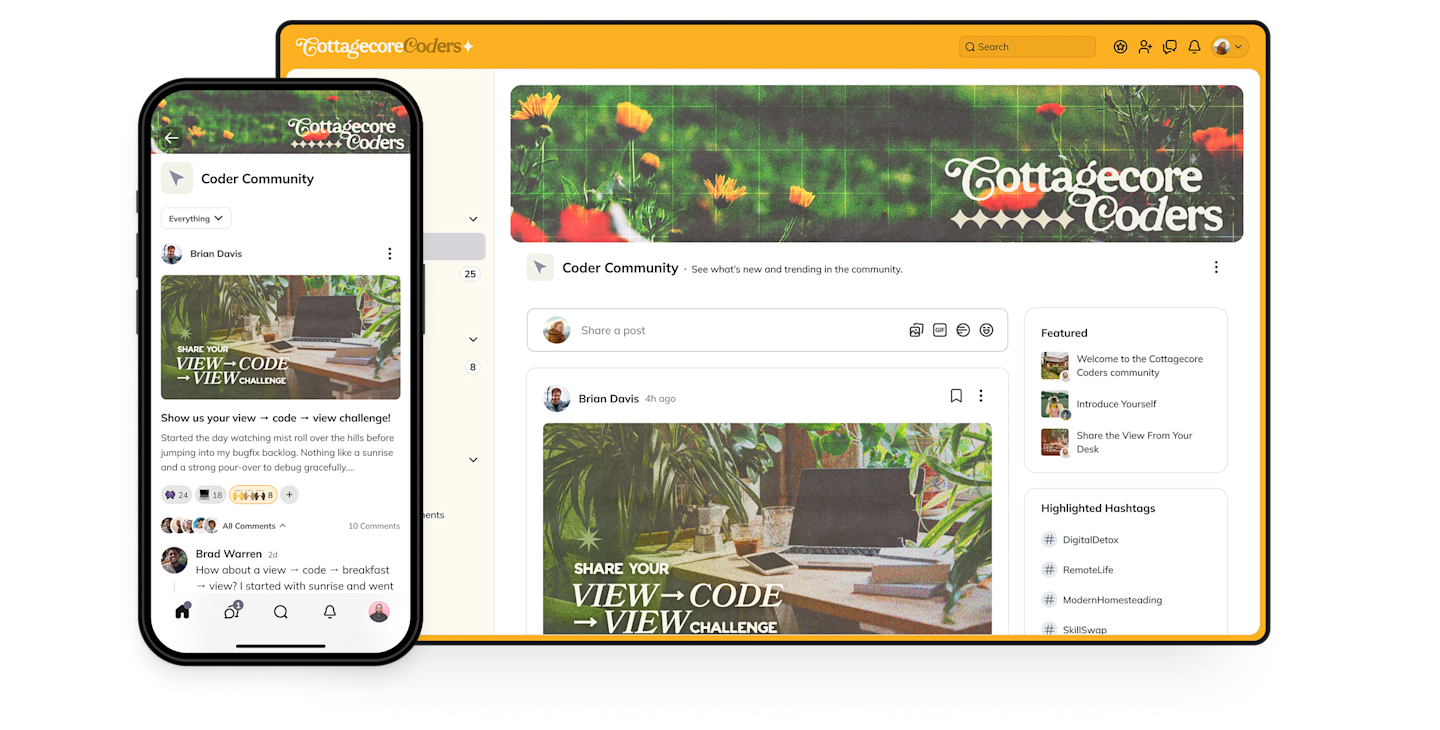
Pro tips for structuring your group coaching program
Keep it time-bound. Having a clear starting and stopping point, and helps your members focus on the process (e.g. “4 months coaching package”).
Set clear goals. Understanding what your ideal members need to accomplish during your time is vital.
Use the group. Group coaching can't work if you are running a 1:1 coaching session with each member during group sessions. You have to change the way you approach coaching, relying more on the group to interact and learn from each other.
Charge enough. Group coaching can be more affordable, but don't charge to little. People pay more attention to what they pay for.
Set ground rules. Building community guidelines helps your members feel safe.
Use software. Modern group coaching software will help you charge, organize your sessions, and create other offers like events and courses.
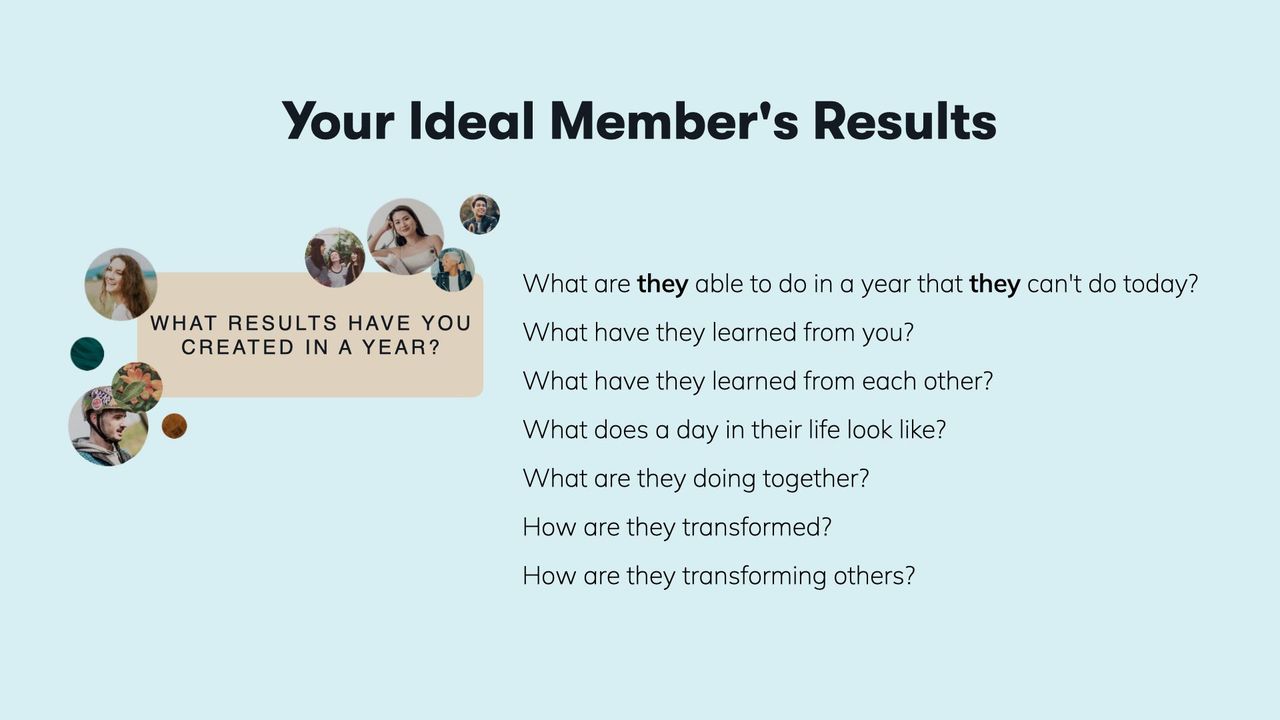
Group coaching example - The Village
Cecilia and Jason Hilkey were all too familiar with the challenges of modern parenting. Between raising their kids and working as educators, they realized that the world was changing fast – and parents were struggling to keep up. They launched The Village by Happily Family as a paid membership site to help families learn communication and connection.
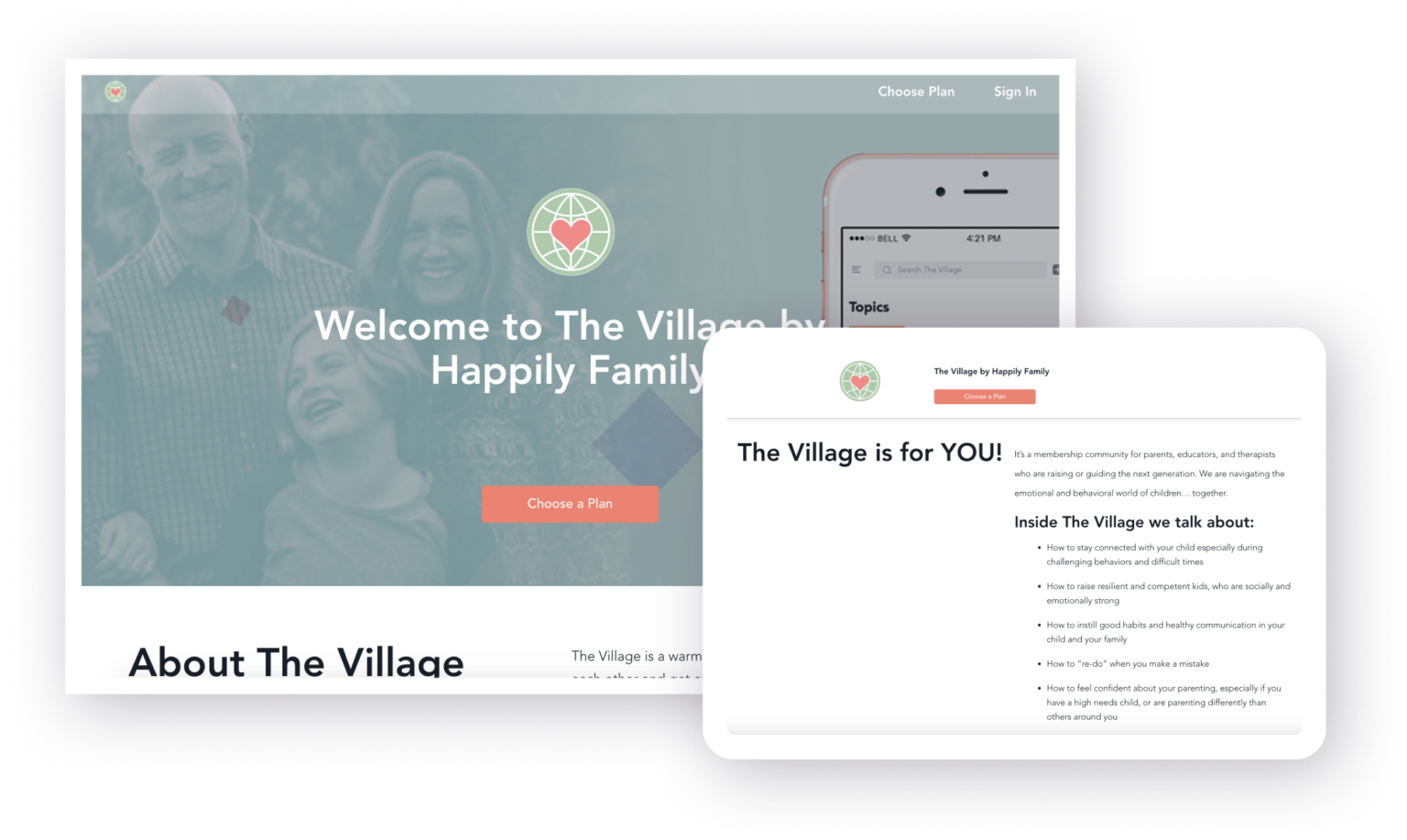
And they built group coaching into the equation. Group coaching calls are part of their regular offerings, and a way to help parents learn from them and from each other.
How to structure a group coaching program?
1. Create an Ideal Member
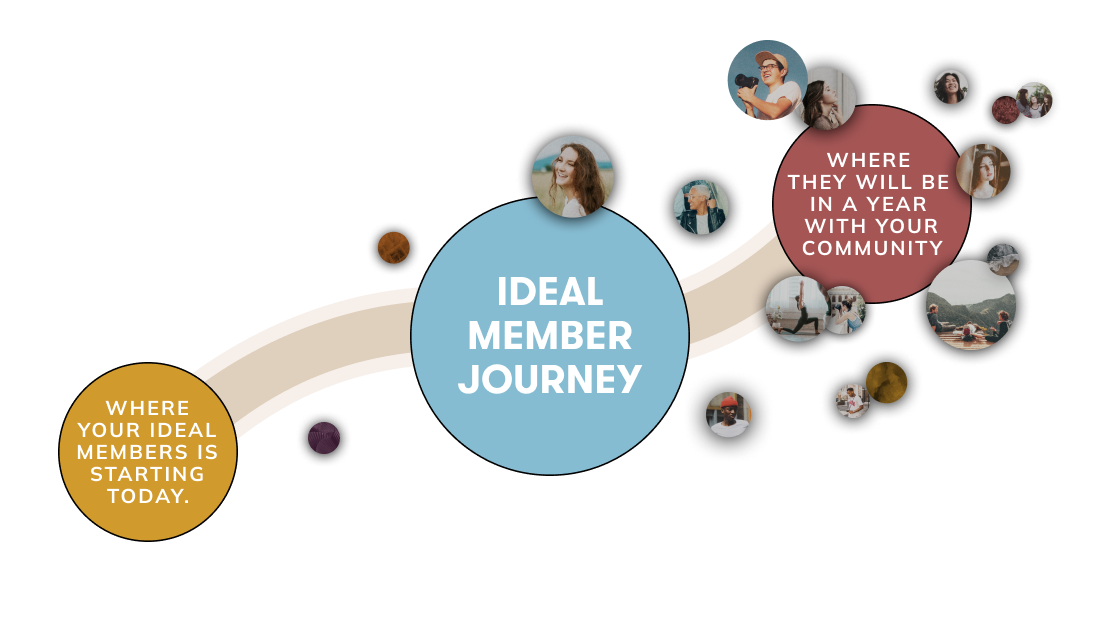
The first step in setting up most businesses is having an Ideal Member. Your Ideal Member is the person one who benefits the most from what you have to offer.
For coaching, this means finding the intersection of your story and what someone else needs.
Here are some questions you can use to find your ideal client:
Who are they? Where are they from? How old are they? (Demographics)
What do they care about? What are they scared of? What do they hope for? (Psychographics)
What is it in your story that will help people the most?
What unique skills and talents do you bring to the table? What type of client do you most like to work with?
Try interviewing some people. There's nothing quite as good for your business as talking to 15 or 20 people who might be your coaching clients and figuring out what it is they actually want.
These same people might be some of your first group coaching clients once you create an offer.
Don't just assume people will buy your program. Don't just create a coaching funnel and start. Do your research.
2. Design a Big Purpose
At Mighty, we like to use something we call a Big Purpose. A Big Purpose is the unique thing that your program offers.
In traditional business-speak, this is a bit like a mission statement.
People join your group coaching program for some sort of transformation. This statement captures what that transformation is and how members will achieve it.
Here's what it looks like. You can fill it in for your own group coaching practice.
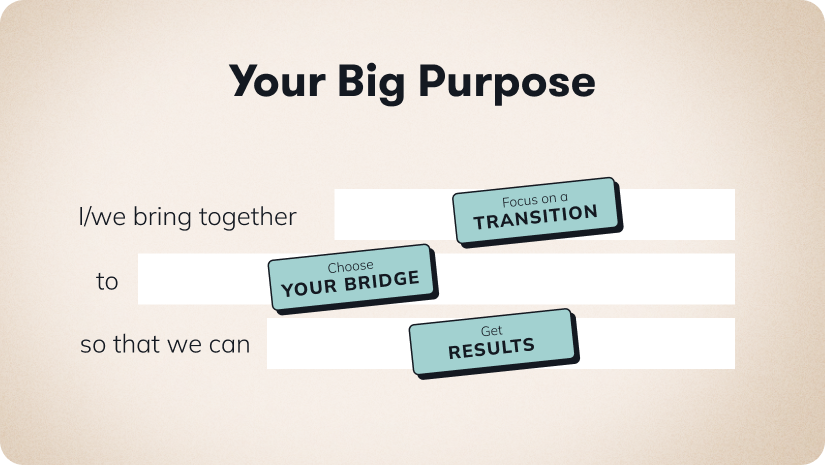
3. Choose your group coaching model
Delivering coaching results within a group is a bit different than 1:1. the group dynamic changes the learning process. On the negative side, this means less focused attention per individual member, and it could be more difficult to be vulnerable.
On the other hand, group coaching unlocks the double feedback loop we talked about above and creates unique member benefits you don't get in 1:1 coaching.
Here are three popular group coaching models you could try.
GROW
The GROW coaching method is a common way of framing both individual and group coaching. It stands for Goal, Reality, Options, and Way Forward.
The GROW model has been criticized for being too goal-focused, not leaving enough space for participants to just BE.
But for coaching groups, especially in an organizational setting, GROW can work really well. Group settings are perfect for goal setting and ideating possible ways forward.
OSCAR
Another popular coaching method is the OSCAR method. Here's how it breaks down.
Outcome: The desired end point of the coaching sessions
Situation: Where the member is right now
Choices & Consequences: Surveying the potential choices the member has and the potential outcomes of each
Actions: Clarifying and establishing steps forward
Review: Constantly checking to make sure they are still on the right track
OSCAR is similar to GROW, but has a bit more emphasis on process reflection. It could work well in group coaching for the same reasons GROW might.
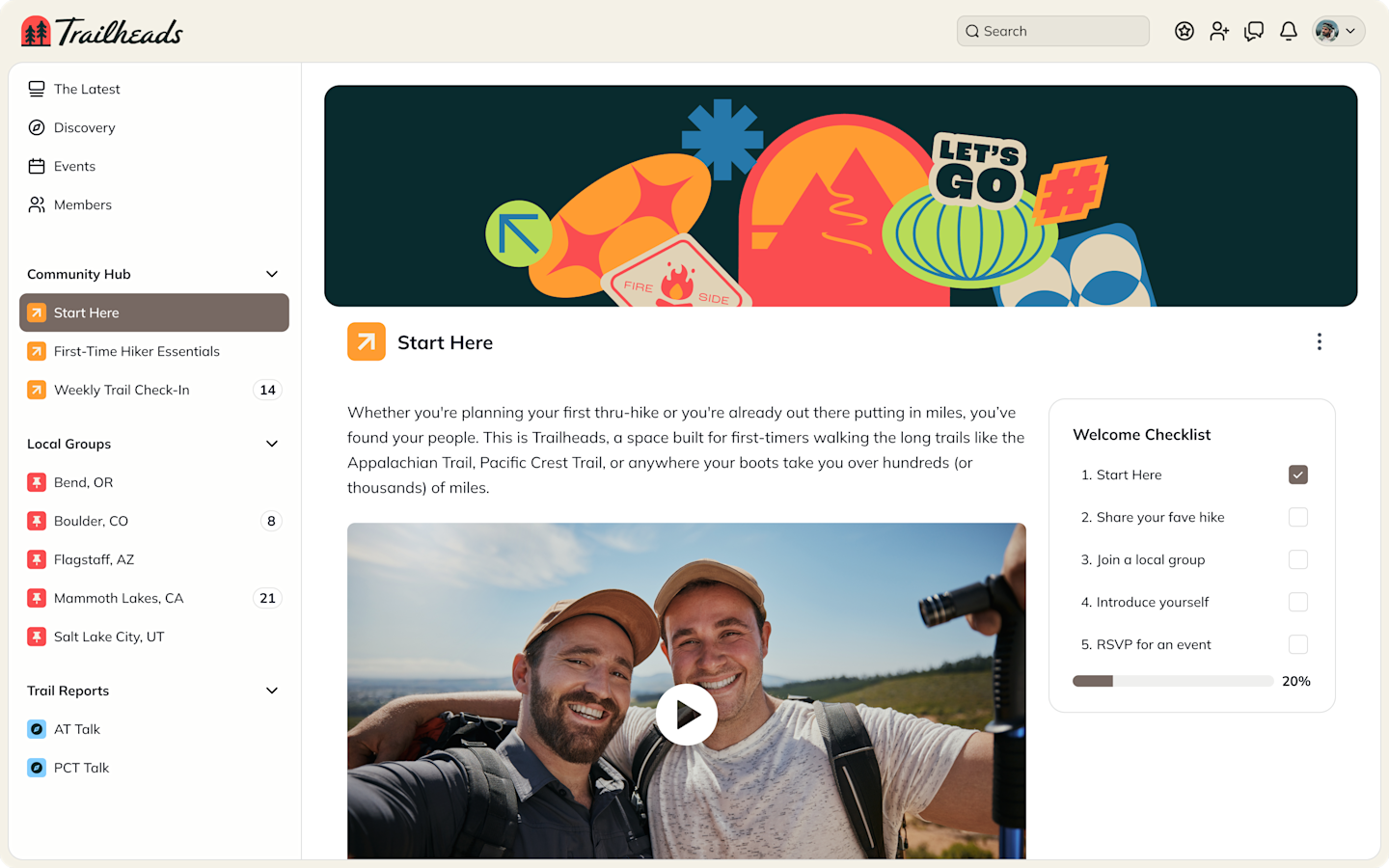
Transformational coaching
The two above models are focused on goal-setting, which can be good (especially for organizations).
But one alternative way to approach coaching is through a "transformational" model. Transformational coaching believes that coaching is not just about setting goals and chasing them, but rather assessing the inner realities and assumptions that shape an individual's behaviors with a goal to self-actualization.
By prompting deep inner reflection and change in a member's thinking, transformational coaching can produce incredible results. For example, this could include identifying limiting beliefs or patterns of behavior--deep self reflection.
Transformational coaching can be more of a challenge in coaching groups, because it requires deeper inner work by members. But once a group gets comfortable enough to be vulnerable, the results can be incredible.
4. Choose your delivery features
If you did the steps above, you've figured out the what and the who. Now to figure out the how.
When you think about group coaching, there's a good chance you imagine chairs in a circle–or virtual chairs in a virtual circle.
There are actually a ton of different formats at your disposal, each with advantages and disadvantages.
a. Group sessions
Of course, group sessions can be a part of group coaching. We probably all know that.
You can host live group sessions, where people share their questions and concerns and get feedback from you and the group.
While these sessions can be a chance for you to teach, you could also play around with structure to find out how your group gets the most benefit. For example, you might opt to run it as a mastermind, giving group members a chance to learn from each other.
You can decide what works best for you.
Pros
Learn from each other
Help a bunch of people at once
Cons
People don't get tailored help
Not everyone gets as much time to talk and engage
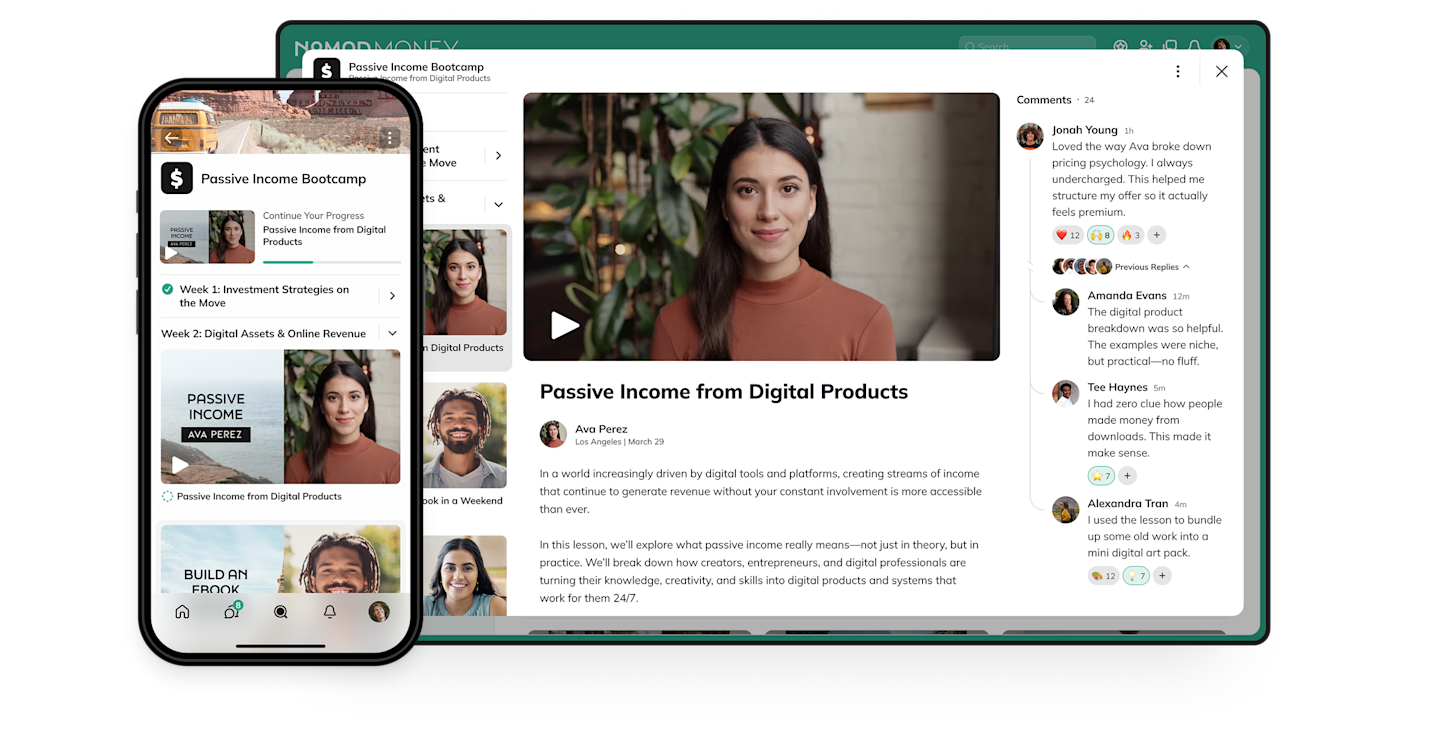
b. 1:1 Sessions
When building out a group coaching program, mixing group sessions with 1:1 sessions can work really well. Members can enjoy the friendship and accountability a group offers, with the privacy and focus of a one-on-one.
You might choose to structure your group coaching program by either including 1:1 sessions or adding them as an upsell.
Pros
Dedicated and personal
Private. People feel safe
Cons
No accountability or friendship
It's not a scalable coaching model. You run out of hours
c. Pre-recorded course
A lot of coaches will choose to add a pre-recorded (asynchronous) course as part of their group coaching structure. A pre-recorded course can feel like a big value add for your members. But once it's made, it's not much work to keep giving people access to it again and again.
Pros
Super scalable
People can do the course on their own time
It gives you things to discuss and check in on in your group sessions
It can be a value add for a group coaching package
Cons
People may not do it
You're asking people to devote more time
You need to take the time to create it
d. Community
A community and group coaching go together like fish and chips. Salt and pepper. Peanut butter and jelly… you get the idea.
A group coaching program is already a community of sorts. People coming together, sharing their hopes and dreams and struggles, making friends and connecting. It's only natural to let the connection go beyond your sessions.
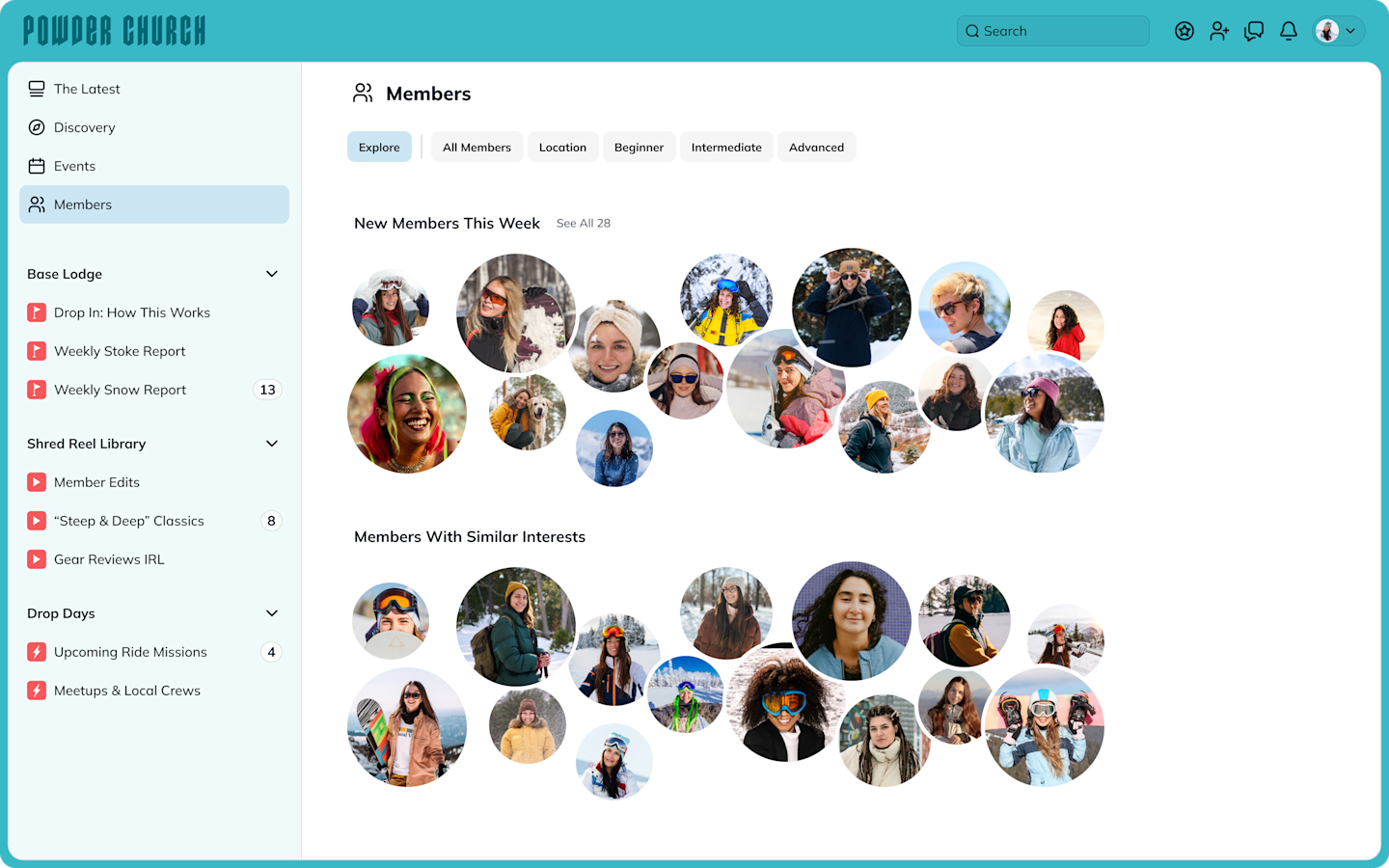
Centering on an online community is a great way to structure a group coaching program. Members can create posts, ask questions, run polls, find and message other members, and chat.
Online communities will 10x your impact through something we call the network effect. Once people feel safe with each other, your group will show up in between your coaching sessions. They might ask questions, share wins, respond to polls, or even create their own content. And because they do, you get the benefit of a multiplier.
And you can use your community platform to sell your coaching packages, adding in features like courses and live events.
Honestly, a good community platform will let you run your entire coaching business.
Pros
Keep the conversation going
People can connect, but it doesn't have to be in real time
Thanks to user-generated content your clients get even more value
Cons
Um… crickets
e. Cohort course
If you like the idea of teaching a course, but want interaction to go with it, you can try a cohort course. A cohort course (synchronous course) is a course that's taught live, in front of an audience. It's the model for traditional education, but usually we see cohort courses done on virtual course platforms.
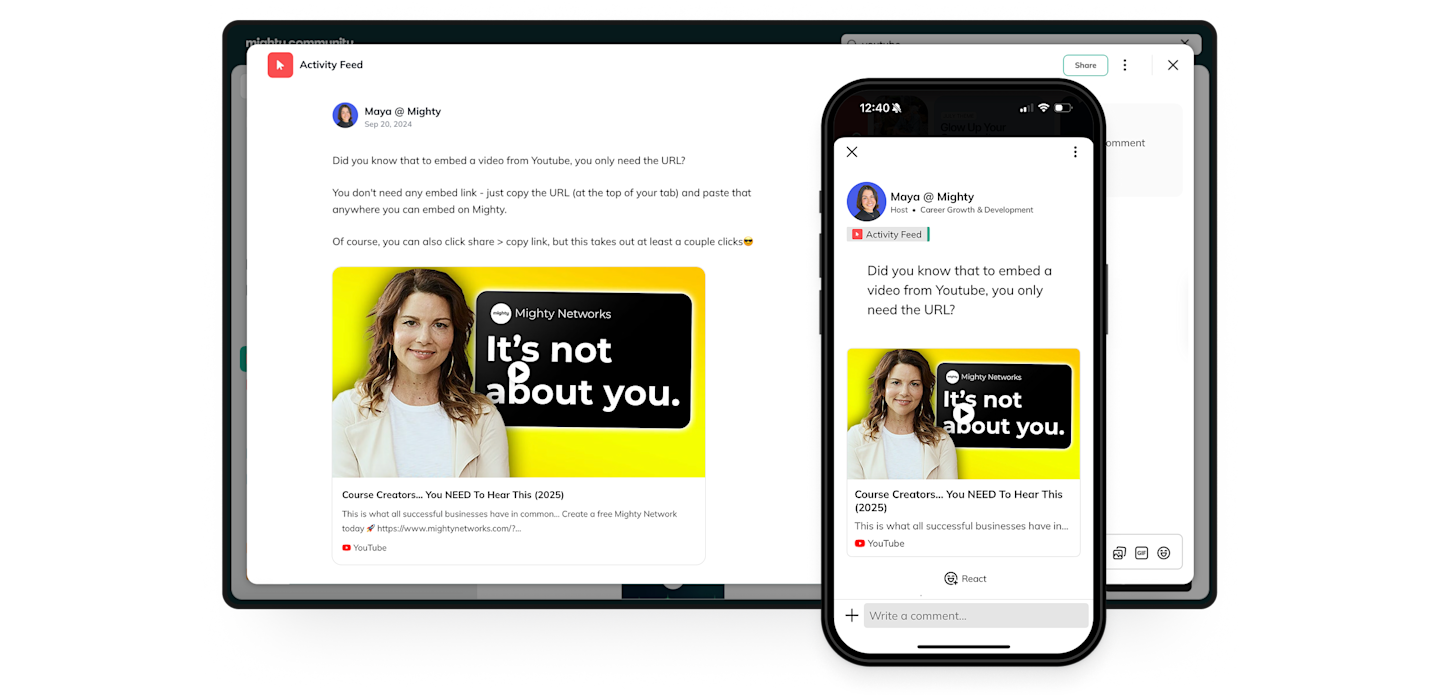
Teaching a cohort course fixes a lot of the problems that students in traditional online courses can face. For example, in a pre-recorded online course, students lack accountability; they can't get help if they're stuck, and they go through it alone.
With a cohort course, you go through the course with a group of like-minded people and you can stick your hand up and ask a question if you have one.
Pros
Live instruction
Students can make friends and have accountability
You can answer questions
You can adapt the material based on what people need and want
Cons
It can be more time consuming
Need to align schedules
f. Live streams
Another option for structuring your group coaching program is to include live streams. Unlike coaching sessions, live streams are more one directional. Usually, it consists of you talking. But audience members can chat and ask questions too.
A live stream can be part of your offering, for example, "I go live every Monday at 10:00 with tips and a challenge for the week ahead."
Or, it can be more spontaneous.
Pros
Excitement and spontaneity
You control the content completely in a live stream
Cons
A live stream isn't as interactive as a full group session.
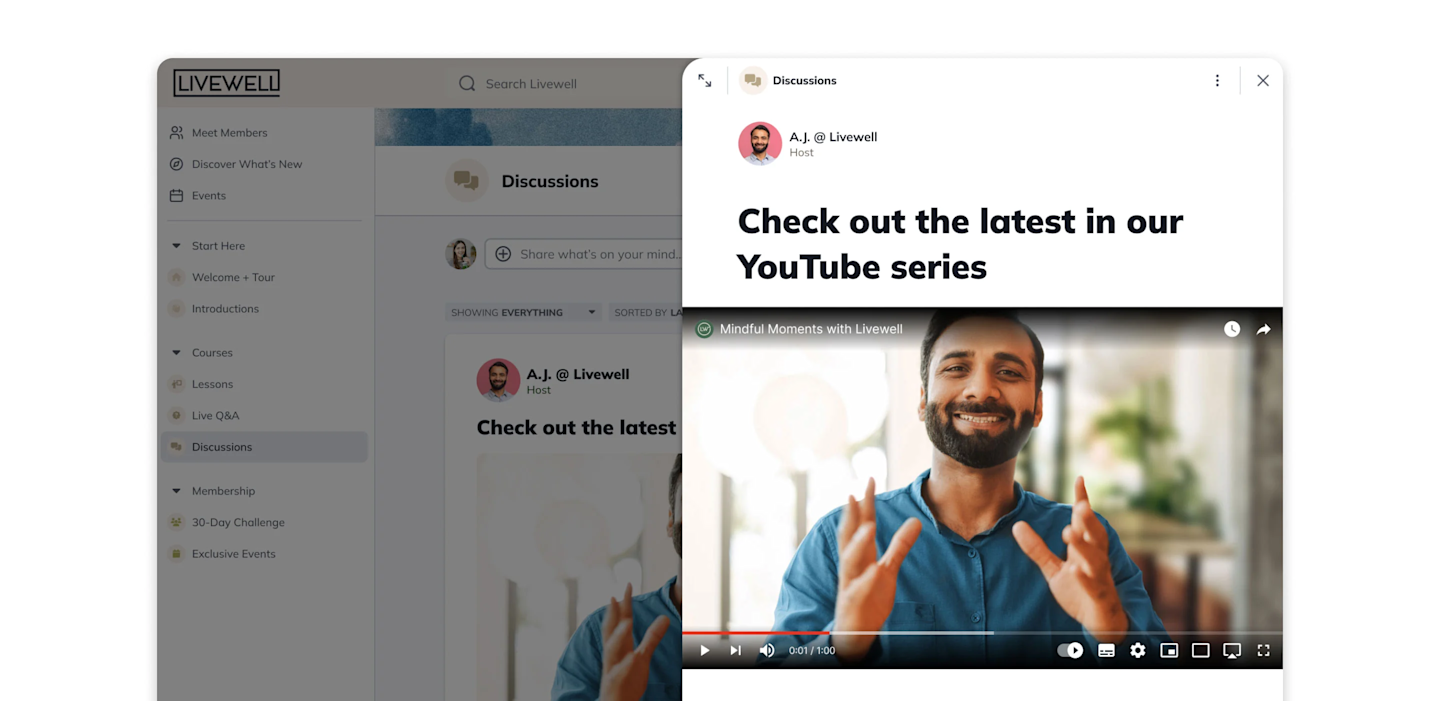
g. Other live events
You are not limited to your coaching sessions when it comes to connecting with your clients. Why not host other types of live events? You could try things like having a guest speaker, or a drop-in session where people can come for extra help. Live is a great way to add some extra value and let people connect outside of your structured sessions.
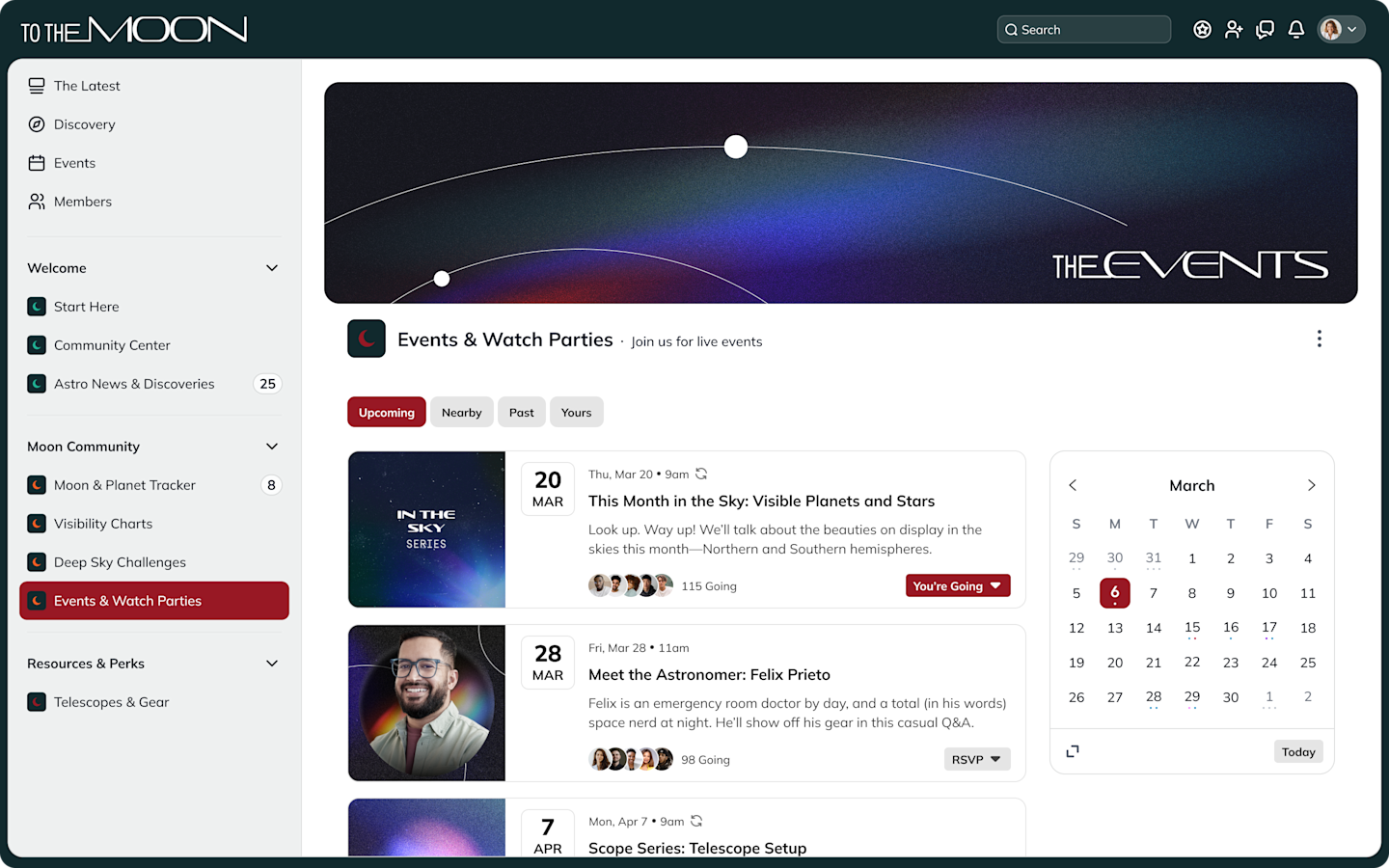
Here are some ideas for live events:
Virtual summit
Virtual conference
Networking session
Office hours
Guest speaker
Featured member spotlight
Art or creative event
h. Other goodies
If you're figuring out how to structure a group coaching program, the things we mentioned above are common goodies. But you're not limited to these.
Bottom line, figure out how you like to give your clients the most value. Do you like to send out a daily or weekly email blast? Do that. Do you love using a text messaging service? Do that.
As you build out your group coaching offering, don't be afraid to lean into the things you know will help them reach their goals.
5. Choose a platform
Mighty is a cultural software platform, so when we think about undertaking something like group coaching, we’re ultimately thinking about how you can create your own culture. How can you bring together your own unique blend of community, courses, content, and commerce to build a coaching business that’s truly your own and reflects you?
Not every coaching business needs a platform. Maybe you’re meeting in person at your local office or Starbucks. That’s cool.
But more and more of us are meeting online, and group coaching is no exception. That means that, for a lot of us, group coaching will be done virtually. And instead of trying to mix together your email, calendar, Facebook Group, and who knows what else, try an online coaching platform!
It can make it really easy to bring everything together in one place. Think scheduling, point of sale, setting up and hosting your meetings, and adding in things like courses, messaging, chat, member profiles, content, videos, and more.
5. Build with goals in mind
As you're designing your group coaching program, make sure not to include features just because you can. All of the above options are great.
But for each feature you consider, you should ask yourself these questions:
Does it fit with my personal brand?
Can I provide a lot of value this way?
Is it going to help my clients reach their goals?
6. Market it
Okay, there’s a lot that could be said about marketing. But let’s start with the easy one. You already talked to Ideal Members. Those are the first people you should tell about your group coaching.
You can send them an email like this – steal this one if you want!
After you’ve pitched your Ideal Clients (and assuming you still have some room in the group,) you could try these marketing approaches:
Share on social media.
Email any list you have to let them know.
Reach out to other coaches and let them know (coaches often send people to another coach if they’re not the right fit).
Pay to advertise (if you have a budget).
Try running a webinar to share your experience and vision! (Make sure to give some value).
When it comes to marketing online, often your goal is to create a value ladder that helps people go from being aware of you to becoming members.
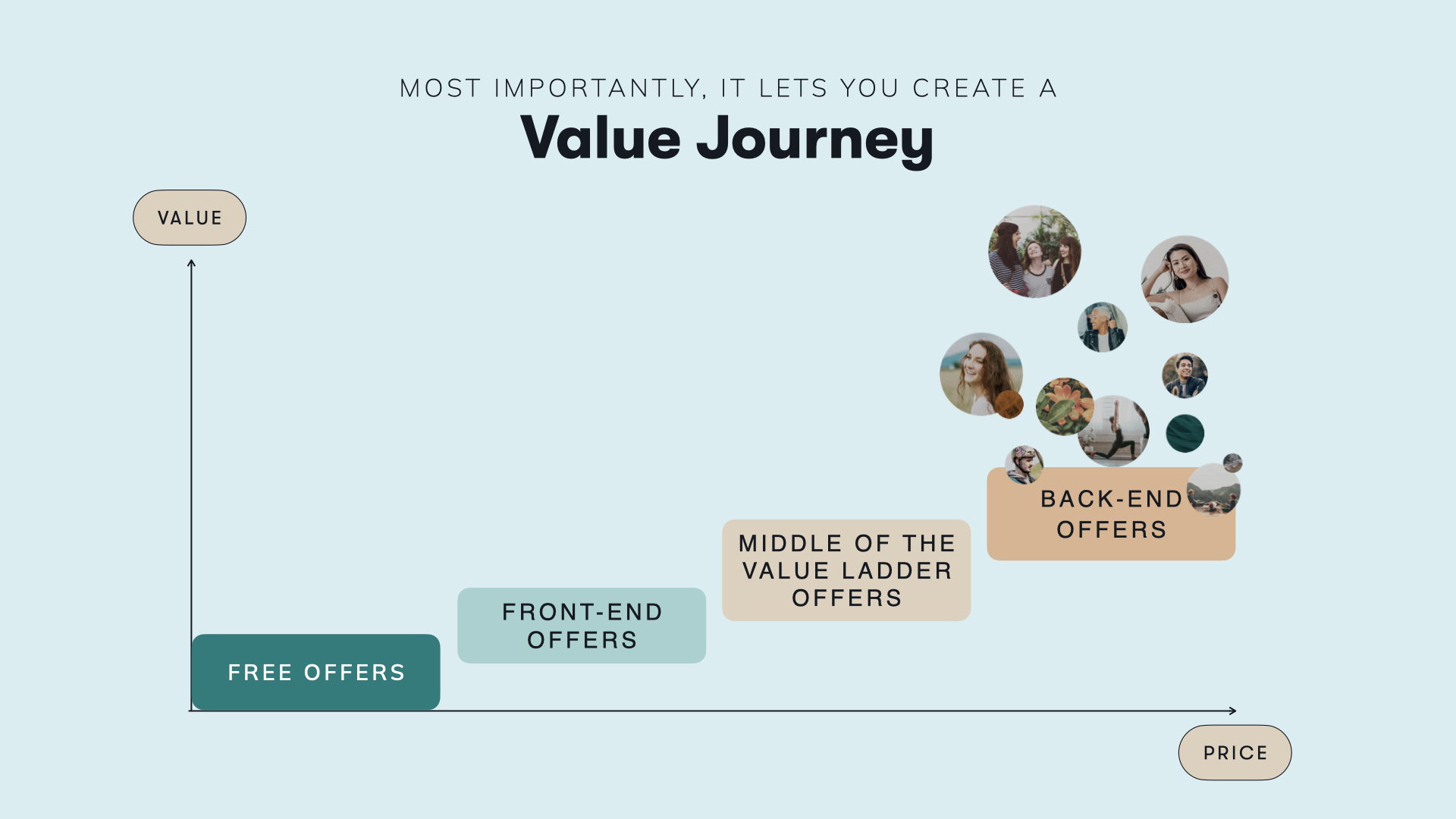
7. Run it!
You’ve done the groundwork, and the rest is up to you! Run your group coaching session. Don’t forget that you’ll never stop learning. Be open-minded and enjoy the journey.
And check in with your members along the way to make sure they’re getting lots out of it – you can also run analytics if you’re using a community platform.
And don’t be afraid to adapt and grow as you go!
8. Adapt and learn as you go
One of the great things about group coaching is that you can adapt and learn as you go. The above things might help you create a really solid package.
But ultimately, structuring your group coaching program will also be about listening to your clients and figuring out what works.
Keep adapting and learning. And if your coaching platform offers analytics, you can check in with these to find out what's working too.
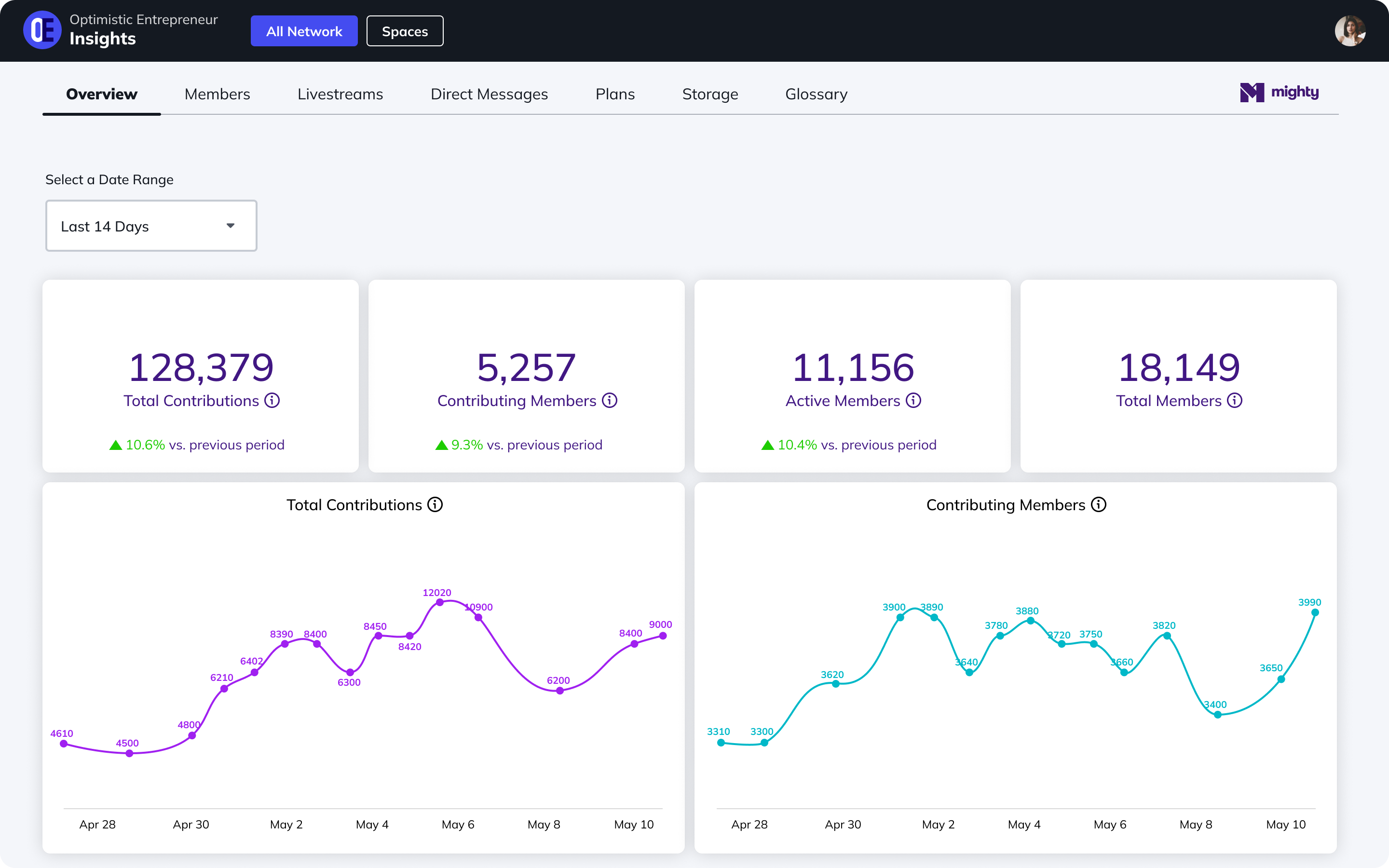
Ideal topics for group coaching
Here are some great topics that can work really well for group coaching!
Entrepreneurship
Exercise
Wellness
Personal Development
Career Excellence
Parenting and Family Well-being
Cultural Sensitivity & DEI Training
Public Speaking & Communication
Initiation to a new field or job
Ready to start?
We hope this short article has given you some clarity on how to structure your group coaching program, and hopefully you're excited! Remember, there's no one right way to do this. All that matters is that you give your ideal ideal members the transformation they're looking for – any structure that helps you do that is fine.
If you're looking for a place to build your group coaching program, come build on Mighty! Mighty lets you bring together your coaching with community, courses, content, and commerce. Our flexible Spaces let you mix in live events, live streaming, discussion boards, every type of content you can imagine, and member profiles.
You can create group coaching packages and charge in 135 different currencies or even monetize with token-gating. Mighty integrates with ConvertKit to help you wow your members with email, AND our Mighty Co-Host™ AI engine helps speed up admin so you can focus on the human connections that matter.
You can even get your own group coaching app with Mighty Pro. Learn more about Mighty Pro and we'll see what we could build together.
But otherwise, you can get started right now with your own Mighty Network!
Come see what you can build! It's free to try for 14 days.
Ready to start building your community?
Start a free 14-day trial to explore Mighty—no credit card required.
More like this
Join Mighty Community
Learn the principles of Community Design™ (and see them in action) alongside thousands of creators and entrepreneurs. It's free to join!
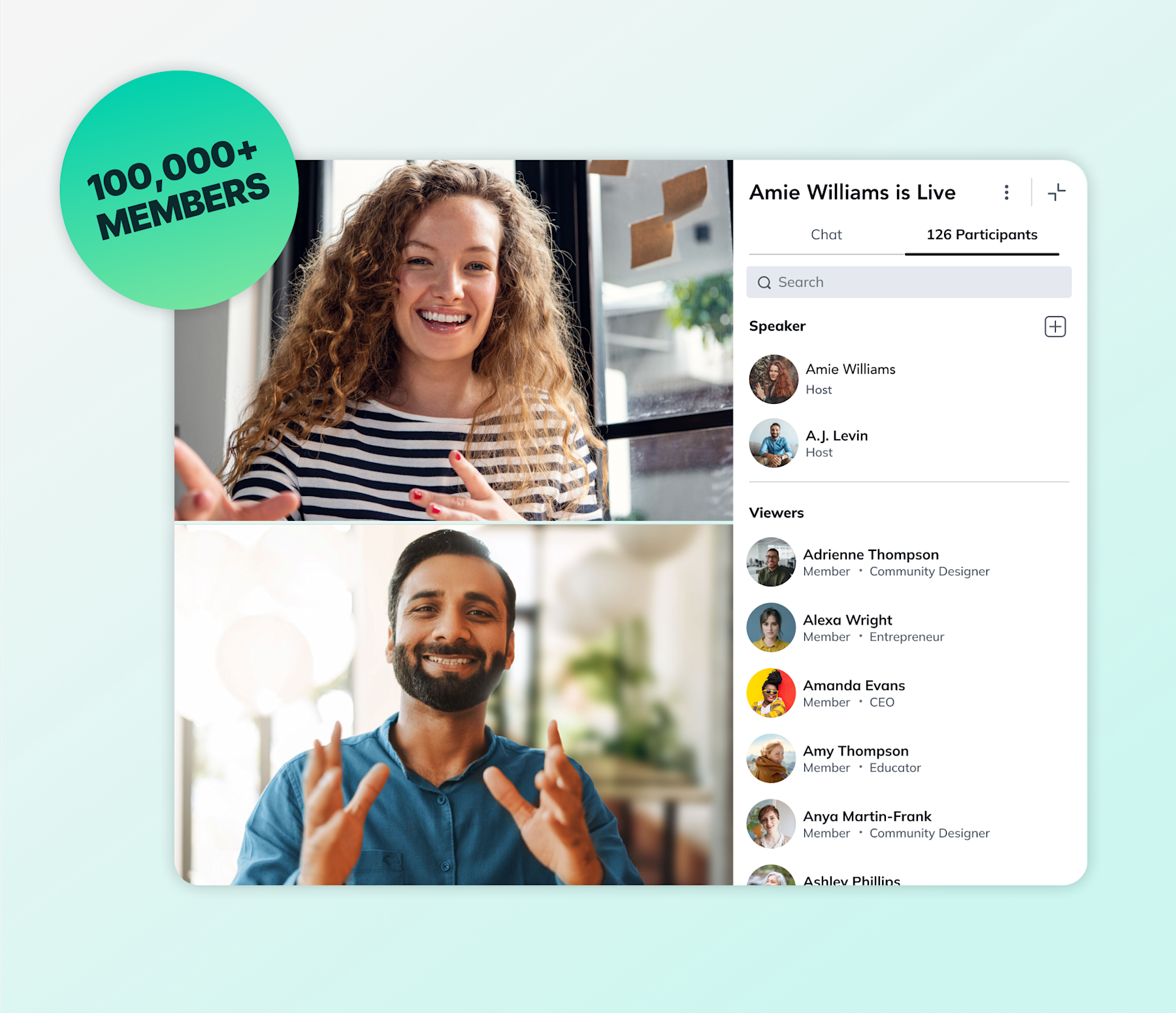
Online Courses
Creating a Course
Teaching a Course
Course Platforms
Selling a Course
Communities & Memberships
Community Platforms
Managing a Community
Building a Community
Growing a Community
Monetizing a Community
Content Creation
Creators & Entrepreneurs
Monetization
Content Creation
Starting a Business
Website Builders
Creating & Managing a Website
Events
Event Platforms
Hosting & Marketing Events
Branded Apps
Creating a Mobile App
Coaching Apps
Community Apps
Coaching
Mastermind Groups
Starting a Coaching Business
Coaching Platforms
Filter by Category
Online Courses
Communities & Memberships
Creators & Entrepreneurs
Events
Branded Apps
Coaching
Build a $1 Million Community
This free masterclass went viral—sign up to learn why.
